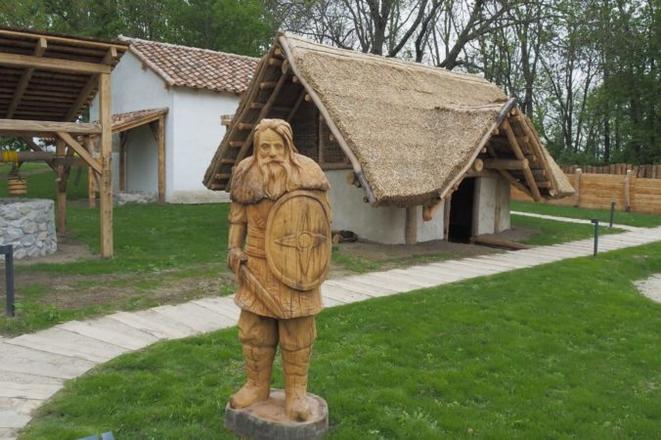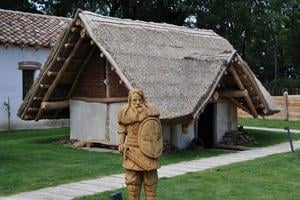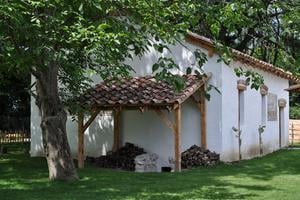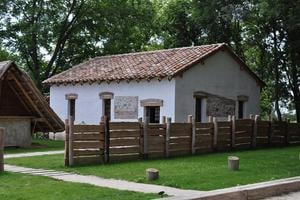History portrays them as the bitterest of enemies, but a discovery near a village in western Slovakia almost 60 years ago shows that there wasn't always a violent antipathy between the Romans and Germanic tribes that lived on the edge of their empire.
The Roman-Germanic settlement discovered near the village of Cífer in 1965 may seem unremarkable at first glance - there are many such sites. But research has since revealed that the settlement was not only inhabited by a Germanic elite who had contacts with the Roman Empire, but that the Romans helped build a massive Roman-style residence for a local nobleman.
The settlement was established in the 2nd century, shortly before the Romans began their campaigns against the Germanic tribes. It was located only a few dozen kilometres from the limes - the borders of the Roman Empire, part of which was Gerulata near Bratislava. Historians studying the period have mainly focused on its military campaigns, as well as the Roman presence in the area of what is today Slovakia – a famous Roman inscription on a rock in present day Trenčín Castle dates back to this era.
But the settlement near Cífer shows that Germanic tribes and the Romans didn't always just meet on the battle field, Professor Vladimír Varsik from Trnava University, tells The Slovak Spectator.
Now the site has been turned into an archaeological park or ‘archeopark’ - thanks to Varsik - featuring not only reconstructed Germanic and Roman buildings but also a garden with plants from the period, an educational trail, and an exhibition that shows the development of the area's settlement back into ancient times.
To stay up to date with what scientists in Slovakia or Slovak scientists around the world are doing, subscribe to the Slovak Science newsletter, which will be sent to readers free of charge four times a year.
Difficult choice
The archeopark, which opened in April, is located in the Pác area of Cífer.
As we drive towards Pác, Varsik points out the fields on either side of the road which once hosted temporary Roman military camps from the times of Marcomannic wars. One is smaller than the other, the bigger of them being as large as Pác itself.
The archeopark is located on the other side of Pác, right next to a swimming pool and surrounded by a floodplain forest.
In other words, if you get tired of lounging by the pool and want to learn something, it's an ideal combination, says Varsík as we enter the parking lot, which is lined with carved wooden statues bearing the likeness of people from the Roman period.
The Germanic settlement itself was founded on the banks of the Gidra stream in the 2nd century and existed until the early 5th century, developing gradually over roughly 300 years. This stream, as well as the local fertile soil, lured people to settle here.


 (source: SITA)
(source: SITA)


